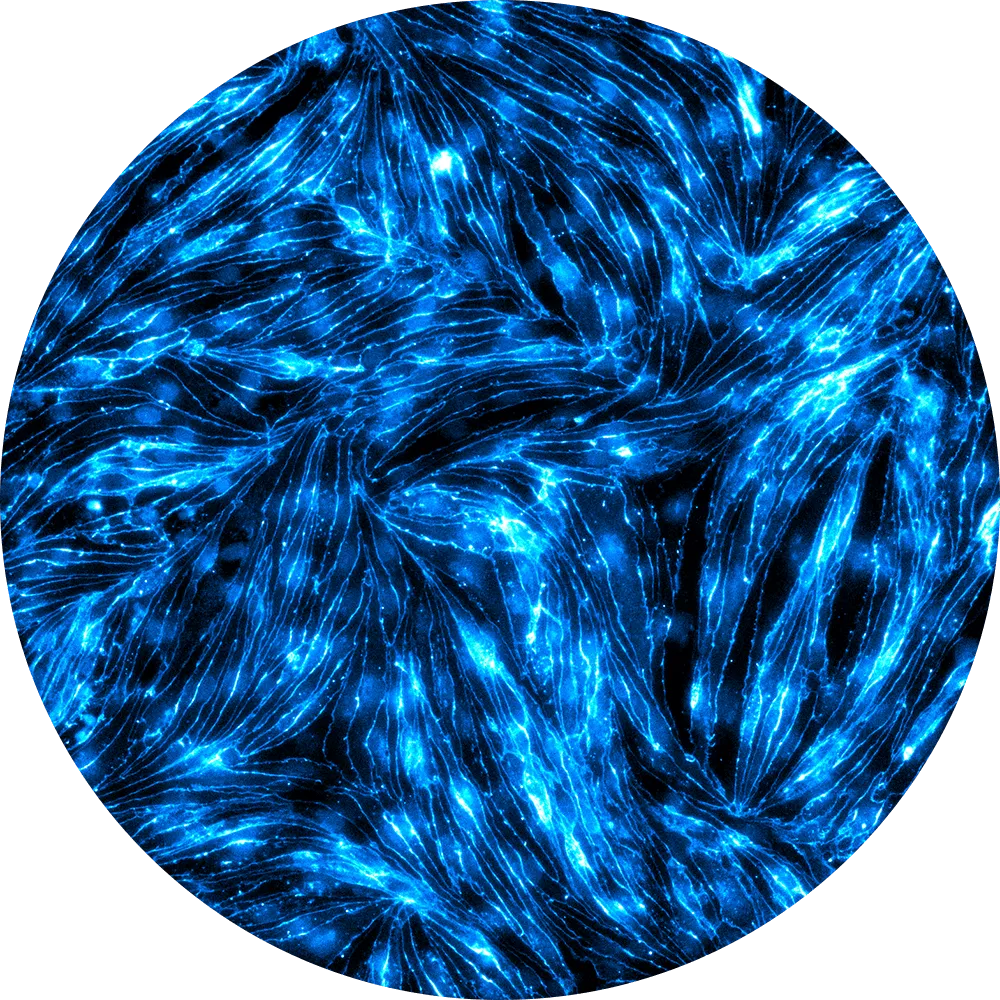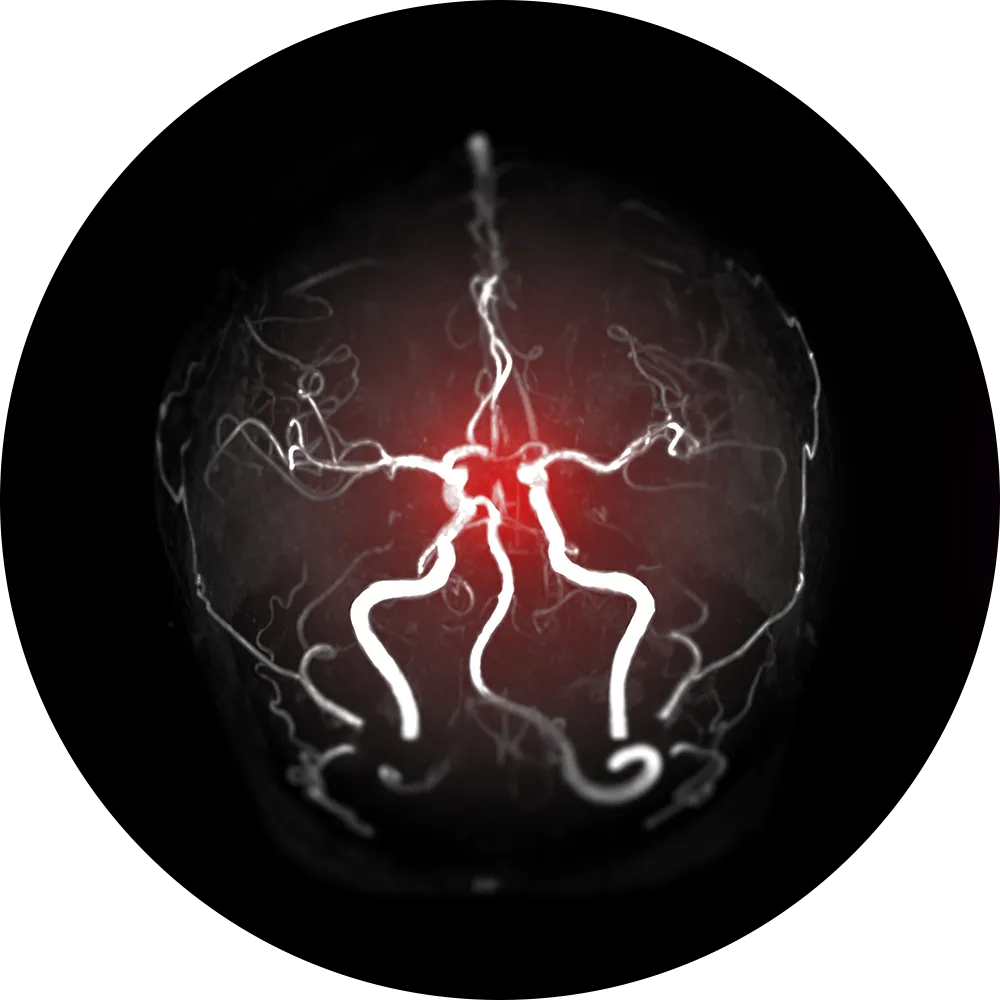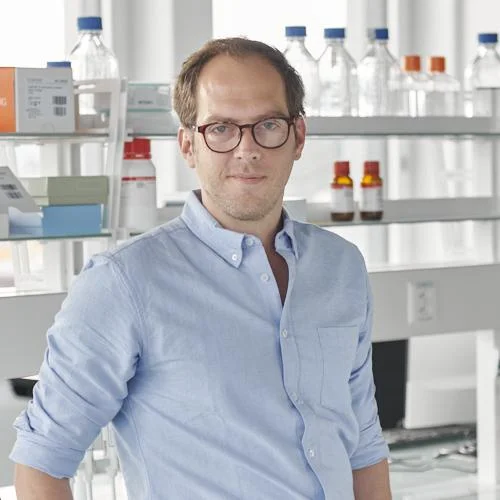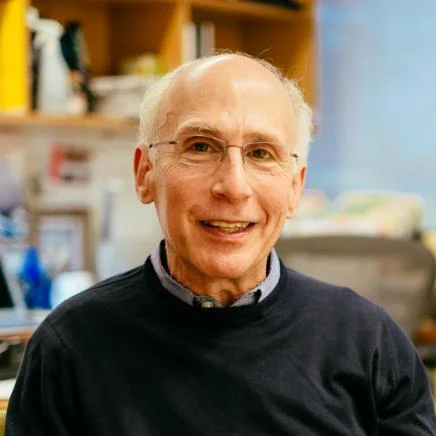Restoring the aging vasculature of the brain to improve its function and prevent devastating conditions


We focus on slowing down and reversing the damage done to the brain vasculature
Did you know that each of us has over 640 kilometers of blood vessels in our brain? If a single human brain could have its vasculature rolled out fully, it would stretch all the way from Paris to Milan!
Such a system of large arteries and tiny capillaries is critical to allow the blood to provide oxygen and nutrients to the cells in arguably the most complex structure in the known universe, the human brain. Since the brain has about 170 billion cells controlling the body and constructing our perception of reality, preserving the youthful functionality of this system is paramount for good health.
Despite the fact that the brain has evolved to robustly carry out all its functions with remarkable accuracy, it is unfortunately not immune to the aging process, just like the rest of the body.
The brain vasculature is different from the vasculature in the rest of the body because it acts as a highly specialized barrier that allows only certain protein and nutrients to be transported from the blood to the brain and vice versa – known as the blood-brain barrier. In a recent publication about the hallmarks of health, the importance of barriers is highlighted as a dominant feature of good health – and the most prominent example is the blood-brain barrier.
This barrier accumulates damage in the aging process through a variety of mechanisms ranging from cellular senescence to low-grade chronic inflammation. Once damaged, the blood-brain barrier cannot control what enters the brain. This leads to an accumulation of toxic substances, for example certain proteins such as amyloid beta, inside the brain, which in turn, further damages the vessels in a positive feedback loop. Some of these substances accumulate not only because they can reach the brain more easily, but also because the same accumulated damage causes the blood-brain barrier to lose the ability to selectively drain harmful aggregates back to the blood from the brain.
Most current strategies to treat Neurodegeneration are focused on targeting late-stage symptoms of certain diseases. In Alzheimer’s disease for example, scientists have mainly been trying to remove amyloid beta aggregates from the brain. For the first time in more than 20 years, a new treatment has been approved for Alzheimer’s that has been shown to clear these aggregates from the brain.
At Centenara Labs Vascular Therapeutics we focus on slowing down and reversing the damage done to the brain vasculature, thus attacking the cause of the problem. We can thereby treat a much wider range of neurodegenerative diseases.
Our collaborator, Lee Rubin, has conducted a series of ground-breaking experiments, which include parabiosis of young and old mice – this means that the blood supply of an old mouse is connected to the vasculature of a young mouse. It is now widely accepted that old mice infused with young blood have improved organ health and in the brain: improved cognition. Such experiments have helped us identify changes in molecular signatures that emerge during the aging process – but are also reversible – in an unbiased manner. With the help of Centenara Labs’ own artificial intelligence (AI) capabilities and medicinal chemistry expertise, we can design specific small molecules for these molecular targets.
Our long-term goal is to develop a new and safe treatment that can also be given to any healthy person to prevent this age-related decline in cognition.


